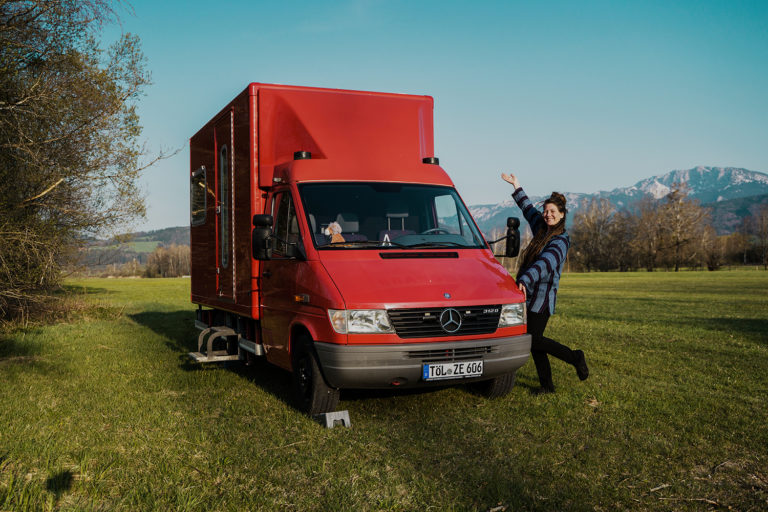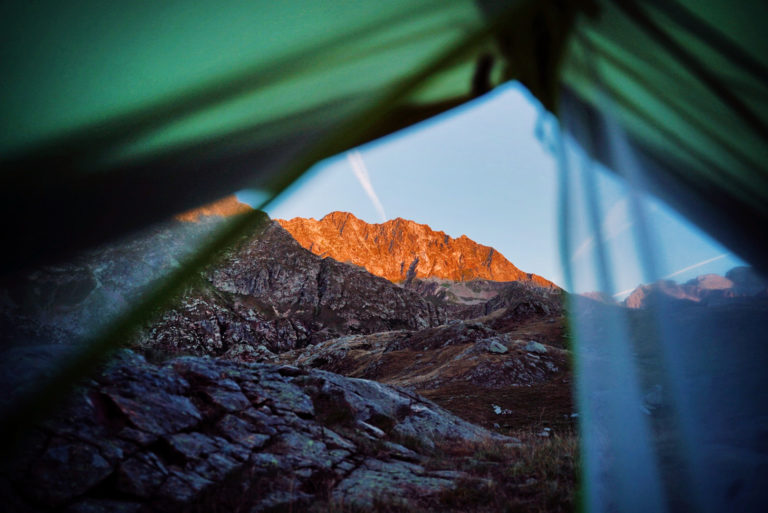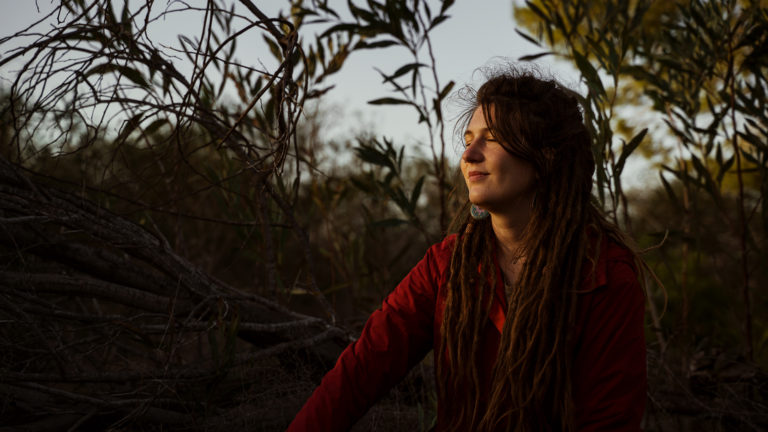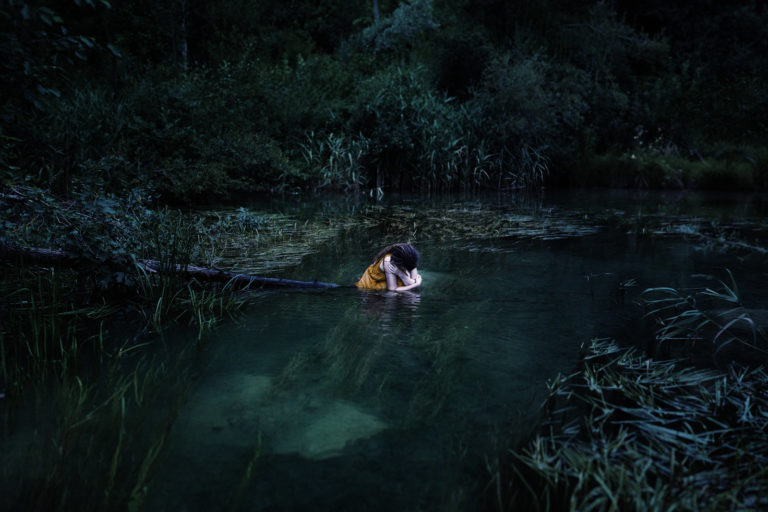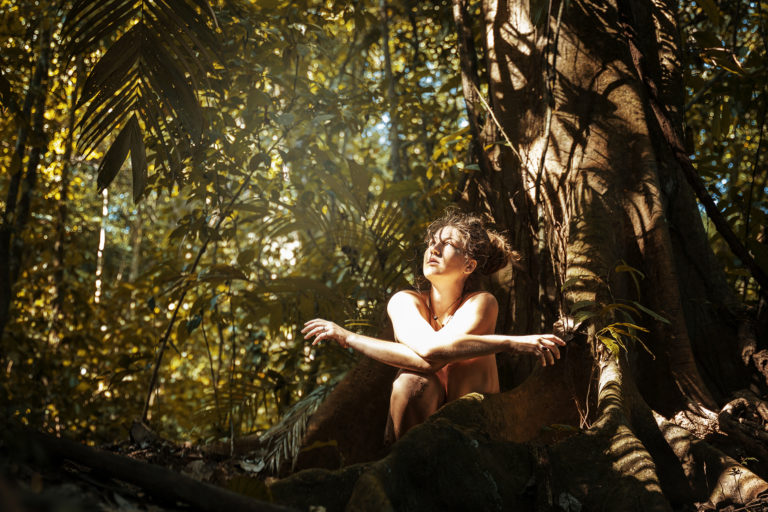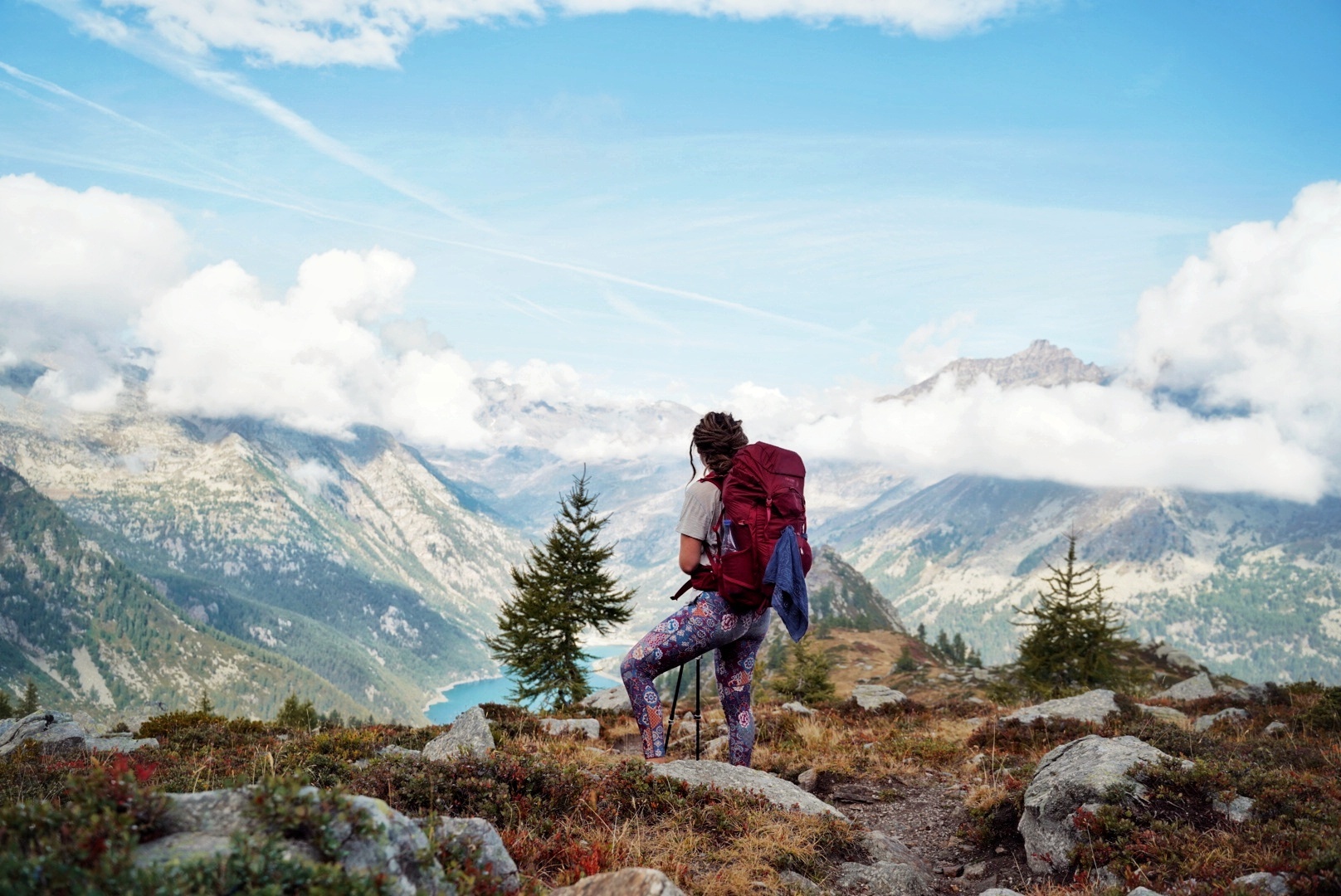
Lightweight Gear For Backpacking – Tried And Tested
Call it thru-hiking, backpacking, or long-distance hiking, when you are out in nature for several days you will need a specific set of gear to keep you warm, fed, and safe.
I set out on my first 240 km walk in 2019 and have been addicted ever since. Nowadays, I don’t rely on accommodation infrastructure along trails anymore, I try to wild camp as much as possible.
So, I’ve been through the endless process of research and finally found the lightweight gear for backpacking that works for me.
I hike with a medium-budget, lightweight (but not ultralight) setup which is a compromise between weight and cost – I preferred to carry a few kilos more than spending an extra fortune on high-end gear.
What is considered lightweight backpacking?
A lightweight hiking setup weighs less than 10 kg, whereas ultralight backpackers try to achieve a base weight below 5-6 kg. For comparison, traditional backpackers often carry more than 20 kg on their backs. Due to modern outdoor materials, it is now easier than ever to reduce the weight of your pack, so it is worth keeping an eye on the total weight of your setup. How much your backpack weighs is one of the biggest factors deciding whether your hike will be a success (and enjoyable) or not.
So what is considered your base weight? The term ‘base weight’ refers to the total weight of your backpacking gear, excluding consumables, meaning water, food, fuel. The weight of the latter will vary throughout your hike which is why it is not included in the calculation.
Aiming for a base weight under 10 kg is desirable. A lightweight hiking setup lowers your energy expenditure and lessens the pain you might experience due to the weight you carry all day long. Most importantly, it reduces your risk of injury. Going ultralight eases the strain on the body even further, but you might have to compromise on comfort and/or buy slightly more expensive gear. This is why a medium-budget, but still lightweight setup was my personal choice.
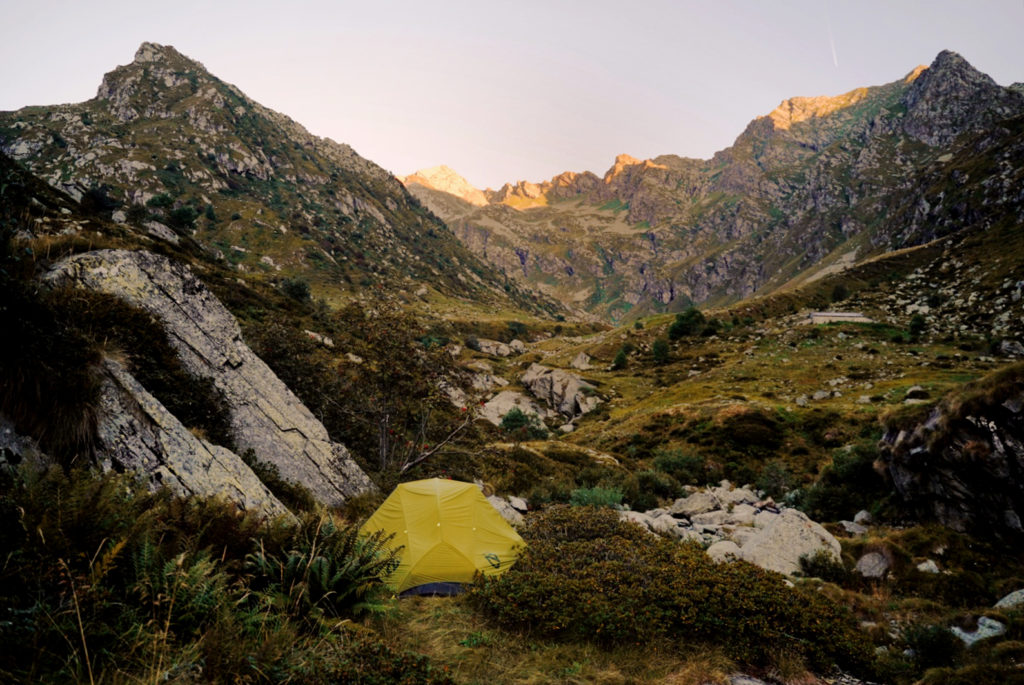
The big three: Lightweight backpack, shelter, and sleeping system
Lightweight backpack for hiking: Bergans Senja 55
My dark red beauty is a 55-liter backpack by Bergans. I assumed Norwegians could be trusted with outdoor gear, plus people up there are tall, so the adjustable back length was just fine for my tall self). At 1,15 kg, it is fairly lightweight. It comes with many useful compartments for storage and doesn’t forego comfort at all. And, I am not gonna lie, I also bought it because it is pretty.
Unfortunately, little parts started to wear out, plus the frame punctured the bottom after only a year of (carefully) using it. When I sent it in, the Bergans customer service said it was basically my own fault (are backpacks not made to last anymore?). So I can’t wholeheartedly recommend this backpack.
Medium-budget tent for tall people: Nemo Firefly 2P
Home, sweet home. Taking all my backpacking trips together, I have spent months sleeping in this tent. I decided to go for a 2 person tent since I am quite tall (1,86m aka 6’1), so indoor length and headspace were a major decision factor for me. What I love about the Nemo Firefly 2P is that the floor is robust enough that you don’t need to carry an extra footprint. It is free-standing, which means I can also use it when I’m hiking without trekking poles. When it’s warm (and dry) enough to sleep without the rainfly, you can enjoy beautiful nights under the stars.
Ultralight sleeping mat: Sea to Summit Ultra Light
The sleeping pad I originally wanted for thru-hiking was the Nemo Tensor, but I couldn’t get my hands on it anywhere in Germany. So I ended up buying whatever my local outdoor store had to offer and I’m actually quite pleased with the Sea to Summit mat. It weighs around 500g and thanks to the unique air spring cells it is very comfortable. Using my backpack as a pillow, the pad is absolutely long enough for a tall person.
Warm, comfy sleeping bag: Deuter Astro Pro 400
I had this sleeping bag already before getting into long-distance hiking and certainly, there are lighter models, but I don’t believe in buying new gear if it isn’t broken beyond repair. It’s a fantastic down sleeping bag that has kept me more or less warm down to temperatures around 0°C. Since I freeze easily at night, I’m honestly happy about having this thick sleeping bag even in warmer temperatures. Again, due to my height, I have the larger model. Another thing worth mentioning is that it’s an elastic sleeping bag that doesn’t restrict movement as much as other sleeping bags – very comfy.
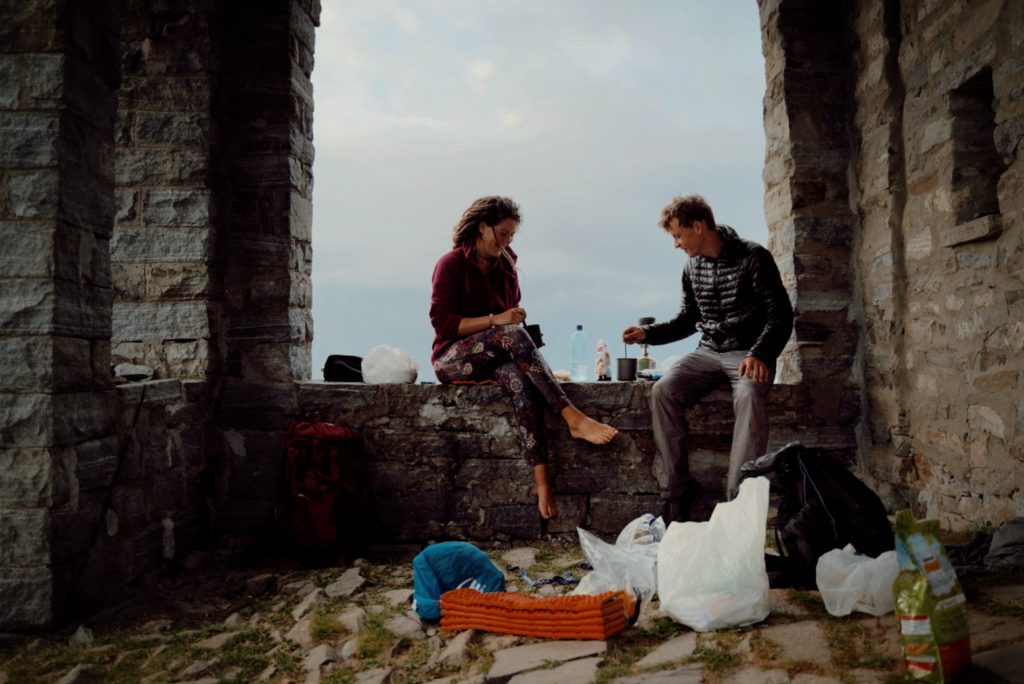
Lightweight cooking gear for camping
Ultralight stove: 2117 of Sweden
Bringing the fire to all my delicious camping meals – my little Titan Stove. It seems like it might not be sold anymore (at least I couldn’t find it anymore), but it’s by 2117 of Sweden and about 50 grams light.
Clever pot system: GSI Outdoors Minimalist Set
During my trip to Iceland, I was constantly sad about how quickly the food got cold in a classic aluminum pot. That’s why I looked for a set that came with a cozy to keep it warm, and it’s honestly the best feature about this camping pot. I don’t burn my hands nor does my food get cold. And the lid can be used to either drain food like pasta or as a lid for hot drinks. Genius.
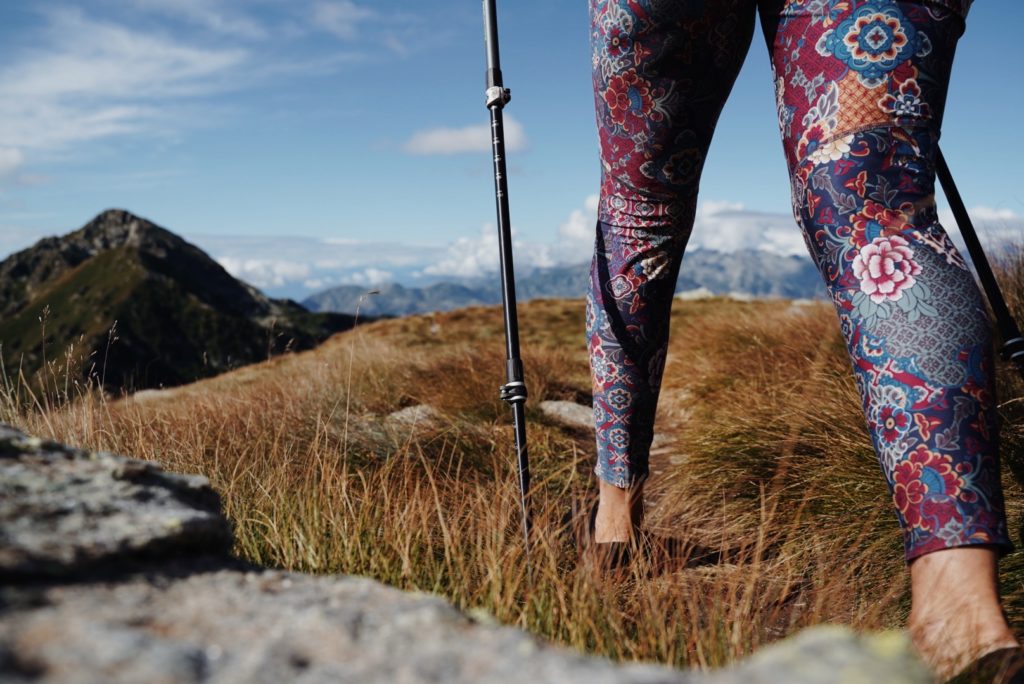
Functional clothing for backpacking
I’m not going to go into detail with my clothing, since I neither have admirable style nor ultimate functionality in my outfits. So far, I simply took what I found in my closet (or my mom’s, ahem). One full outfit for hiking and a second one for sleeping which is absolutely holy and must be protected from rain, always.
Speaking of rain, rain gear is also essential, of course, and depending on how cold it is you might want to take an extra fleece or puff jacket for when you are not moving.
Which shoes are good for long-distance hiking?
I ditched the heavy hiking boots after a blisterful Camino and started switching between running shoes and minimal footwear. A gamechanger! I still love hiking in minimalist shoes (or barefoot) on shorter hikes, but if it’s for several weeks, I found that the backpack weight adds too much pressure onto my soles.
So I tried to find a shoe that offers a wide toe box and zero-drop heel just like a barefoot shoe, but with more cushioning.
The best shoe I have found so far: The Altra Lone Peak. I guess it’s a classic for a reason. I wish the price tag didn’t hurt so much and they certainly should last way longer than they do, but they do have the perfect fit and comfort for walking many miles a day.
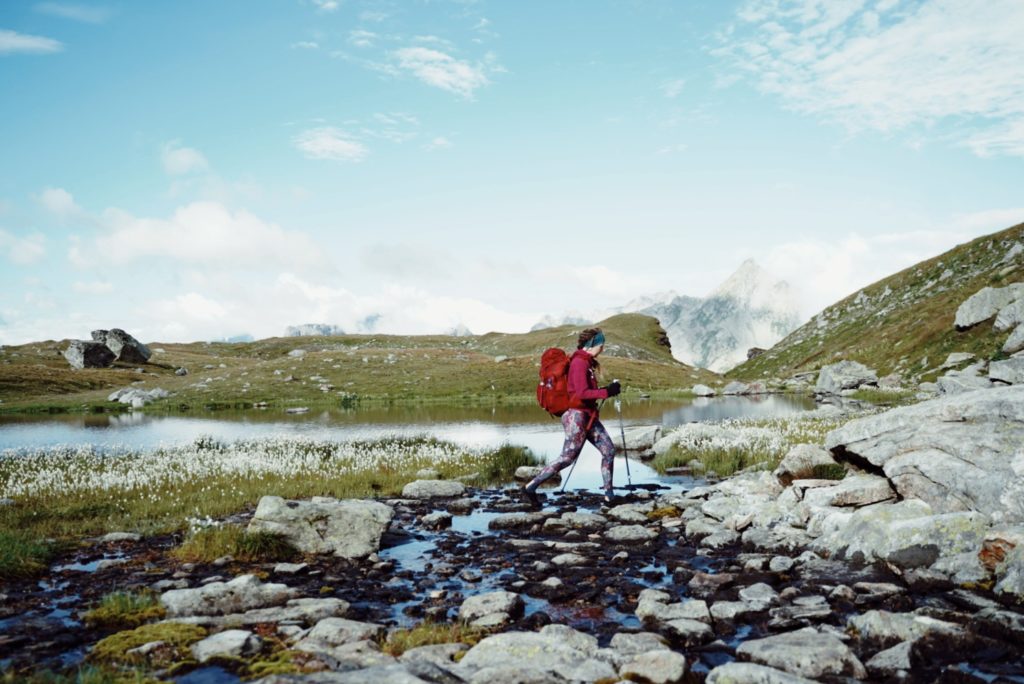
Which other gear do you need for hiking?
Reliable trekking poles: Leki
After noticing in a documentary about Reinhold Messner’s work in Nepal that even he trusts Leki, the brand for my trekking poles has been decided. Yes, I have been successfully influenced. The Leki poles have not let me down. 95% of my life, I had been convinced that trekking poles are the least sexy things on earth and for old hikers only, but I wouldn’t want to miss them on a long hike. My knees would probably be destroyed without them by now, and uphill I hold onto them for dear life.
Power bank for outdoor adventures: Ravpower
Lasts long enough to charge my phone about two times, so usually, I can go for 5-6 days without needing a recharge in civilization. For the kind of long-distance trails I do, definitely long enough, since I usually stop in a café, when available, every other day or so. You might need a power bank with a higher capacity if you are on a wilderness trail that doesn’t pass civilization for days or weeks.
Other little things you may need
- Possibly a backpack liner (or trash bags) to really, really keep the rain out
- Dry sack for electronics
- A toothbrush (which, unlike ultralight extremists, I quite like the length it is) and toothpaste
- Sunscreen
- A lightweight headlamp
- A lighter, otherwise cooking might be a difficult task
- A knife
- Fuel
- A map or guidebook, possibly even a compass, for navigation
- Water bottles (normal PET ones are the perfect lightweight choice – having a thermos is nice, but they are quite heavy)
- For menstruating people: Menstrual products of your choice
- A pee rag/bandana/tissues
- Lightweight medical kit
If you’re hiking in an area where you suspect the water might not be clean, a water filter can be a good idea. In the alps, you usually don’t need it, since you have access to the freshest mountain springs.
It’s 2021 and I probably don’t have to remind you to bring your phone. Money helps, too.
Things you probably don’t need to bring on a backpacking trip
Deodorant. Seriously useless.
A towel. Also useless when you’re not showering.
Too many fresh socks. Unfortunately, they are not of much help if your shoes are wet and smelling like death already.
If you want to have a lightweight backpacking setup, you really need to carefully consider every single item. Do you really need it? A good rule is: If you are not going to use it daily, it is probably unnecessary. (Apart from rain gear and your medical kit, you should always carry that hoping you need to use it as little as possible).
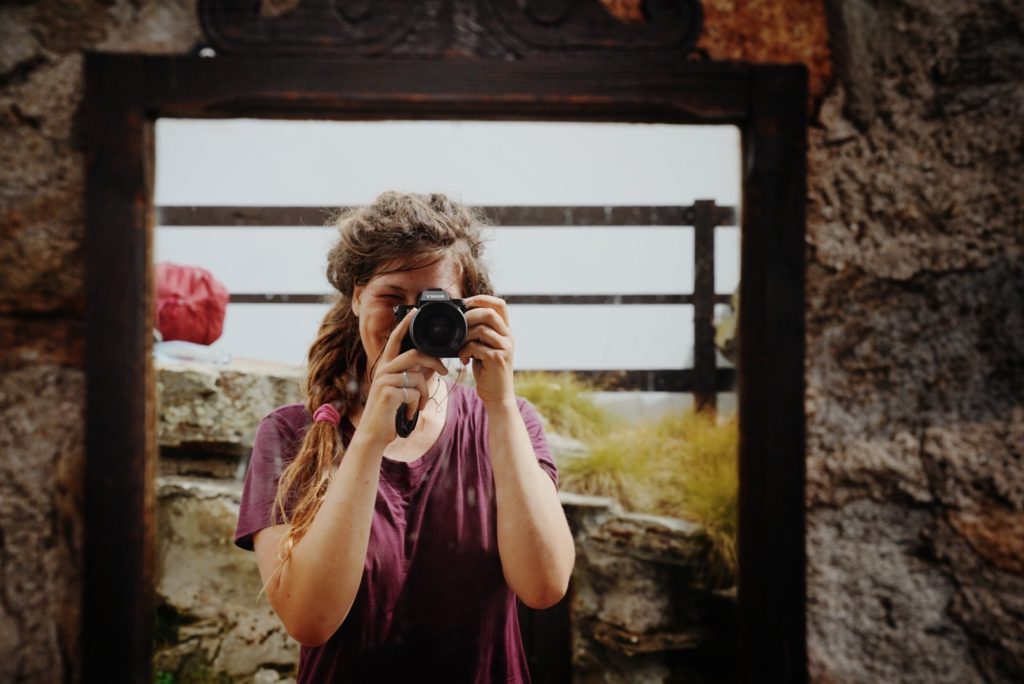
Lightweight photography gear for backpacking
I usually carry my mirrorless Sony Alpha 7iii and a zoom lens when hiking, protected in a Sea to Summit pouch that I attach to my hip belt. Mirrorless cameras are the lightest professional cameras you can get since traditional full-frame DSLRs have heavier bodies. You could find a more lightweight lens setup, but I love the flexibility of my 28-75mm f/2.8 Tamron lens. I would not feel comfortable having to change between two fixed lenses when out on a hike, possibly in dusty or dirty conditions.
Since I take many self-portraits, I really wanted to find a super lightweight tripod. After trying a couple of options, I realized that too often, I am too exhausted from hiking to even properly set up a camera. Therefore, I mostly hike without a tripod and place my camera on whatever rock/tree stump/shoe I can find. Not always the best angles, but still easier than carrying the weight of a brick which you don’t use.
Final words
That’s it. Add water and favorite snacks* and you are good to go.
One last tip: Don’t overdo it with the gear research. It really is an endless rabbit hole. And while you’re sitting there at your laptop trying to perfect your setup to the last detail, you could already be out living an adventure. Start with what you have, test it in real life, and then make changes as you go.
If you’re preparing for a bigger adventure, I’d recommend going for some overnight trips with your gear of choice beforehand. This way, you can get familiar with it and replace what doesn’t work for you before you are stuck on a long trail where outdoor stores might not exactly be right next door.
What are your essential pieces of gear? Let me know in the comments if I am missing anything!
*P.S. Never forget the peanut butter.

